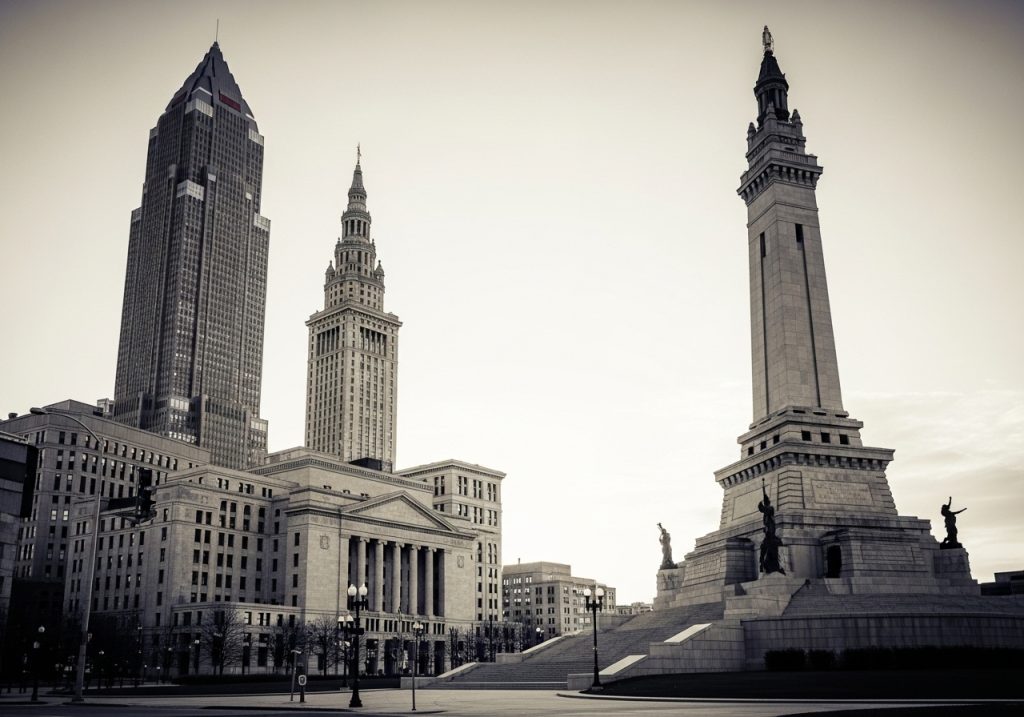
The 20th century brought both triumphs and trials. Cleveland continued to grow, becoming a center of innovation and culture, with a rich music scene, vibrant neighborhoods, and impressive architecture. The city played a critical role during both World Wars as a manufacturing powerhouse. However, like many industrial cities, Cleveland faced economic decline in the post-war years. Deindustrialization in the 1960s and 1970s led to job losses, urban decay, and population decline.
Despite these challenges, Clevelanders showed resilience. The city began revitalization efforts in the late 20th century, focusing on healthcare, education, and cultural institutions. The Cleveland Clinic emerged as a world-renowned medical center, and attractions like the Rock and Roll Hall of Fame drew new attention to the city. Urban renewal projects aimed to restore downtown areas and renew civic pride.
Today, Cleveland is a city of contrasts and resilience. It continues to evolve, embracing its industrial heritage while pushing forward into technology, arts, and healthcare. Neighborhoods like Ohio City and Tremont have seen revitalization, and the city’s food and cultural scenes are flourishing. While it still faces economic and social challenges, Cleveland is a testament to reinvention and community strength.
From its roots as a surveyor’s outpost to a thriving industrial giant and now a city seeking its place in the 21st century, Cleveland’s history is one of transformation, grit, and enduring spirit.
Cleveland, Ohio, has a rich and layered history that begins long before European settlers arrived. The region was originally inhabited by various Native American tribes, including the Erie people, who were later displaced by the Iroquois in the 17th century. The fertile lands and access to Lake Erie made the area ideal for indigenous communities who relied on fishing, hunting, and farming.
The modern history of Cleveland begins in 1796 when the Connecticut Land Company sent surveyors to explore the Western Reserve of Connecticut. General Moses Cleaveland, a lawyer and surveyor, led the expedition and selected the mouth of the Cuyahoga River as a prime location for a settlement due to its access to waterways and potential for trade. The settlement was named “Cleaveland” in his honor, although a local newspaper later dropped the “a” to fit the name on its masthead, thus creating the current spelling, “Cleveland.”
Throughout the 19th century, Cleveland’s location on Lake Erie and the Ohio and Erie Canal made it a significant transportation hub. The canal, completed in the 1830s, linked Lake Erie to the Ohio River, enabling goods to flow between the Great Lakes and the Gulf of Mexico. This strategic positioning fueled industrial growth, attracting immigrants from across Europe and turning Cleveland into a bustling manufacturing center.
By the late 1800s, Cleveland was booming with industries such as steel, oil refining, shipbuilding, and railroads. It became home to influential figures like John D. Rockefeller, who founded Standard Oil in Cleveland before relocating to New York. The city’s economy thrived, and its population surged, making Cleveland one of the largest cities in the United States by the early 20th century.